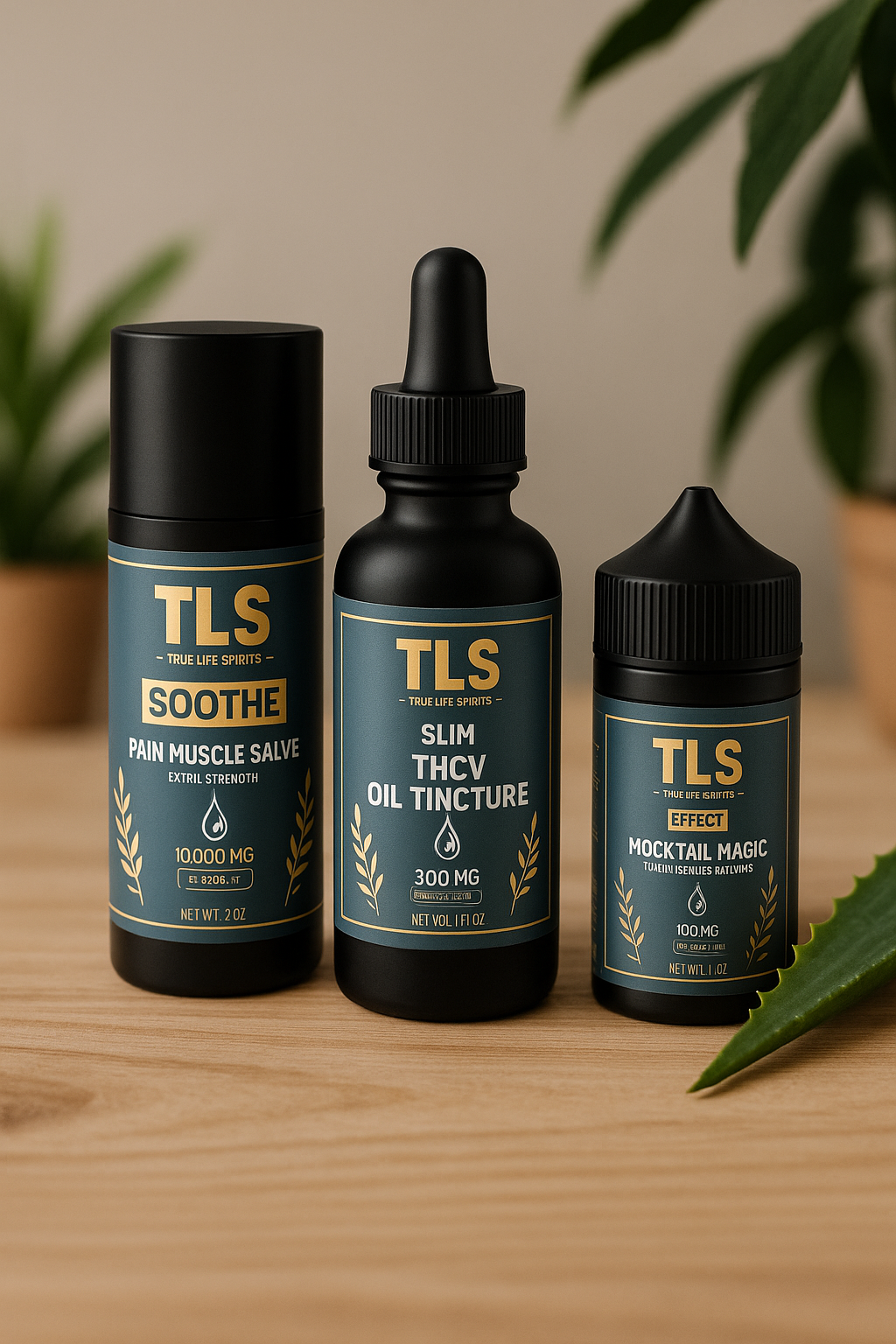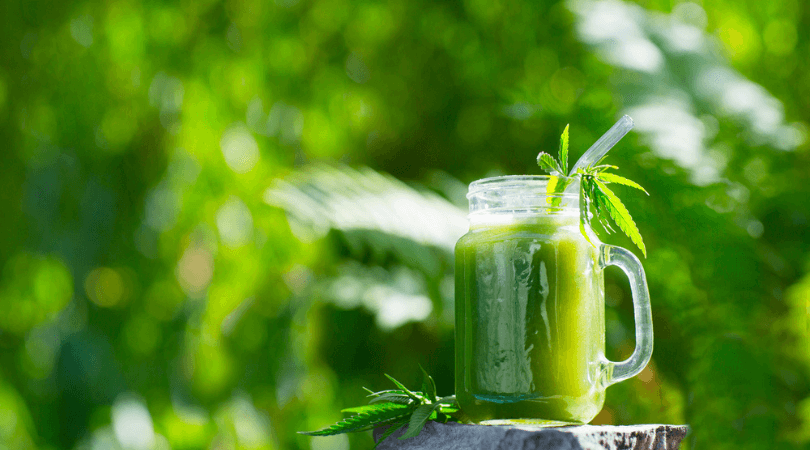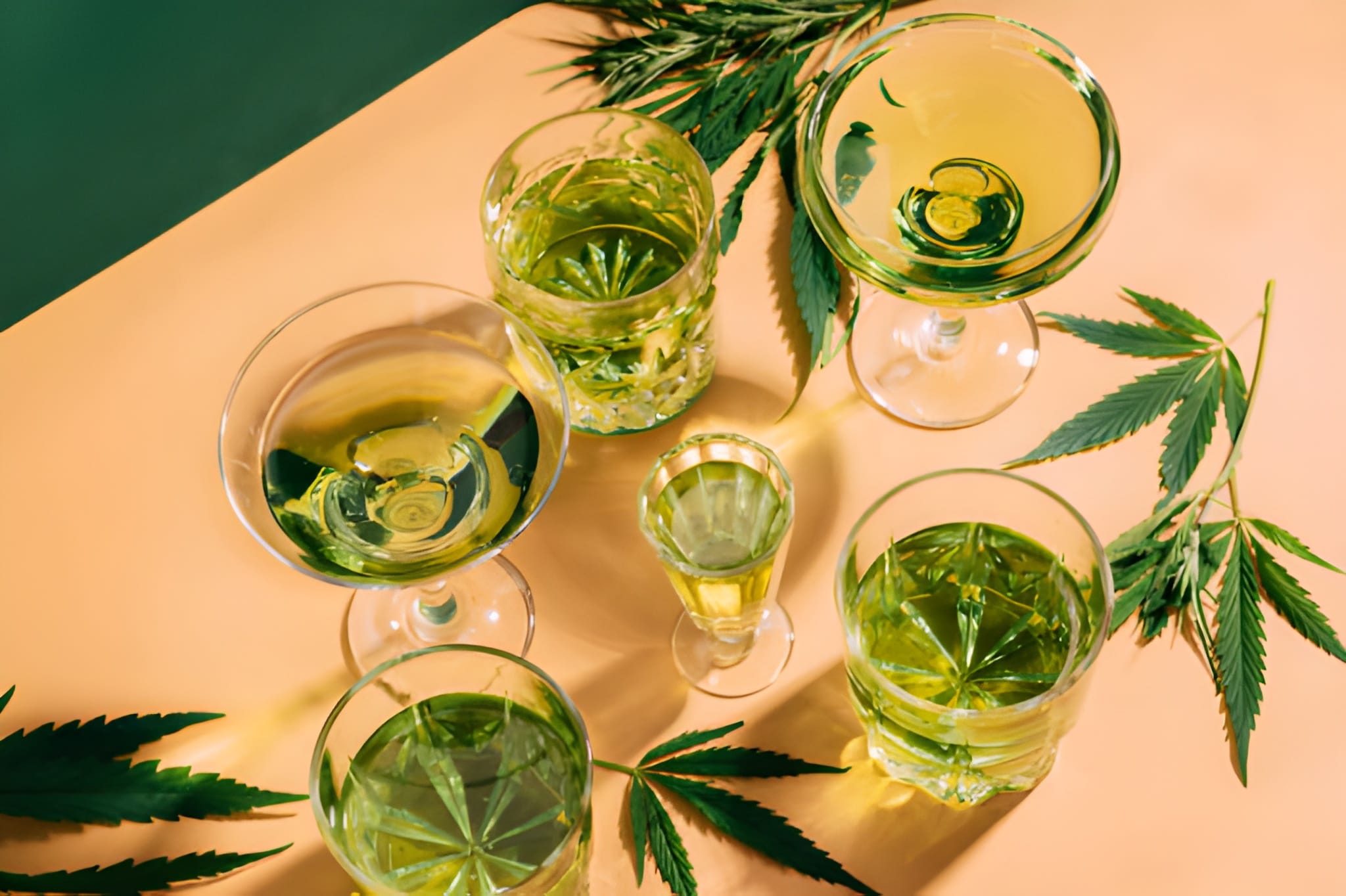In the ever-evolving world of cannabis innovation, nano encapsulated THC stands out as a game-changer, blending cutting-edge nanotechnology with the potent effects of tetrahydrocannabinol (THC). At its core, this technology involves wrapping THC molecules in minuscule particles, typically ranging from 10 to 100 nanometers in size—about 1,000 times smaller than the width of a human hair. These nanoparticles act as protective shells, shielding the THC from degradation while enhancing its interaction with the body. Unlike traditional THC extraction, which often results in oil-based forms that struggle with water solubility, nano encapsulation uses techniques like high-pressure homogenization or ultrasonic waves to create stable, water-compatible emulsions. This breakthrough, pioneered in pharmaceutical research, has migrated to cannabis, promising more efficient delivery systems. As of 2025, the global market for nano-enhanced cannabis products is projected to reach $2.5 billion, driven by consumer demand for faster, more reliable experiences. But what makes this tiny tech so revolutionary? It's all about overcoming the natural limitations of THC, a hydrophobic compound that the body absorbs poorly when ingested.
The Nano Revolution: How Encapsulation Transforms THC
Picture THC as a finicky guest at a party—it doesn't mix well with water, leading to poor absorption in the digestive system. Nano encapsulation changes that by encasing THC in lipid-based carriers, such as nanostructured lipid carriers or self-emulsifying drug delivery systems (SEDDS). These carriers, often made from biocompatible materials like polysorbate or lecithin, form tiny droplets that disperse evenly in liquids. A 2023 study in Phytotherapy Research detailed how encapsulating THC in poly(lactic-co-glycolic acid) (PLGA) nanoparticles allows for controlled release, with coatings like polyethylene glycol (PEG) speeding up or slowing down the process as needed. This transformation not only improves solubility but also protects THC from the harsh environment of the stomach, where acids and enzymes can break it down before it reaches the bloodstream. In essence, nano encapsulation turns THC into a supercharged version of itself, ready to navigate the body's barriers with ease. Researchers have noted that this method can achieve droplet sizes below 100 nm, making the emulsions translucent and filterable for sterile applications, as demonstrated in a 2020 study on cannabis extract nanoemulsions produced via high-intensity ultrasound. The result? A more potent, versatile cannabinoid that opens doors to new product formulations.
Supercharged Absorption: Boosting Bioavailability to New Heights
One of the most compelling advantages of nano encapsulated THC is its dramatic boost in bioavailability—the percentage of the substance that actually enters circulation and produces effects. Traditional edibles suffer from low bioavailability, often just 6-20%, due to first-pass metabolism in the liver, where much of the THC is converted into less active metabolites. In contrast, nano-emulsified THC can achieve absorption rates up to 85%, according to industry reports from 2025. A crossover study published in the Journal of Cannabis Research in 2025 compared a self-nanoemulsifying THC/CBD powder to oil-based drops, finding the nano form increased relative bioavailability by 2.9-fold for THC and 2.3-fold for CBD. Peak plasma concentrations (Cmax) for THC reached 32.79 ng/mL with the nano powder versus 10.17 ng/mL for the oil, with similar enhancements for metabolites like 11-OH-THC. This means users can experience the same effects with smaller doses—say, 2.5 to 6 milligrams instead of 10-20—reducing waste and potential side effects. For medical users, this precision is invaluable, ensuring consistent therapeutic levels for conditions like chronic pain or anxiety. The science underscores how nano particles bypass digestive hurdles, absorbing directly through mucosal tissues in the mouth and esophagus.
From Slow Burn to Quick Hit: Faster Onset and Lasting Effects
Gone are the days of waiting an hour or more for edibles to kick in. Nano encapsulated THC delivers effects in as little as 7-15 minutes, a stark contrast to the 30-90 minutes typical of conventional products. This rapid onset stems from the nanoparticles' ability to quickly cross cell membranes, entering the bloodstream without extensive processing. In the aforementioned 2025 study, time to peak concentration (Tmax) for THC metabolites was slashed to under an hour with nano formulations, compared to over four hours for oils. Effects typically last 2-4 hours, providing a balanced high that's manageable and predictable. Users report a cleaner experience, with less of the heavy, lingering sedation associated with liver-metabolized THC. This shift is particularly appealing for social or daytime use, where discretion and control matter. Moreover, the stability of nano emulsions prevents separation in products, extending shelf life and maintaining potency over time. Imagine sipping a cannabis-infused beverage that hits smoothly and fades gracefully—nano tech makes that reality.
Beyond Edibles: Innovative Applications in Cannabis Products
Nano encapsulated THC isn't confined to gummies or brownies; its water solubility unlocks a plethora of applications. Beverages like seltzers and teas can now incorporate THC without oily residues or uneven distribution, creating clear, stable drinks that appeal to health-conscious consumers. Topicals, such as creams and lotions, benefit from enhanced skin penetration, offering targeted relief for inflammation or pain. A 2024 study in the Journal of the American Academy of Dermatology found that nanoencapsulated cannabidiol (CBD) cream reduced UV-induced DNA damage in skin cells, hinting at similar potential for THC in dermatological uses. In pharmaceuticals, nano carriers enable precise dosing for treatments like epilepsy or neurodegenerative diseases. For instance, nano-chitosan coated with CBD showed promise in reducing Alzheimer's plaques in rat models, improving memory and learning. Edibles evolve too, with fast-acting gummies that mimic the immediacy of smoking but without the respiratory risks. The versatility extends to veterinary medicine and even food science, where nano THC could enhance functional foods.
Backed by Science: Key Research and Breakthrough Studies
The hype around nano encapsulated THC is grounded in rigorous research. A 2023 PMC review explored cannabinoid nanodelivery systems for CNS disorders, highlighting how lipid nanoparticles improve brain targeting across the blood-brain barrier, with bioavailability jumping from 6% orally to over 20% in optimized forms. In epilepsy models, nano liposomes loaded with cannabis extract extended seizure latencies in mice, suggesting anticonvulsant potential. Cancer research shows promise too; THC-loaded PLGA nanoparticles demonstrated antitumor effects in colorectal models. A 2019 study emphasized pharmacy-grade purity at 96% THC concentration in nano-encapsulated forms, ensuring reliability. Antimicrobial and antioxidant properties were detailed in a 2024 review on cannabis nanoemulsions, with applications in wound healing and infection control. These studies, spanning from in vitro tests to human trials, affirm nano tech's role in elevating cannabis efficacy.
Navigating the Nano Landscape: Potential Challenges and Considerations
While promising, nano encapsulated THC isn't without hurdles. Regulatory scrutiny is intensifying, with concerns over long-term safety and nanoparticle accumulation in organs. Some studies note variability in absorption based on factors like diet or gender, as seen in SEDDS-CBD trials showing sex-based differences. Production costs remain high, though scaling with ultrasonic technology could lower them, enabling one million doses per month from a single processor. Consumers should start low, as the potency can lead to over-intoxication if dosed like traditional products. Ethical sourcing and purity testing are crucial to avoid contaminants.
The Future High: Prospects for Nano Encapsulated THC
Looking ahead, nano encapsulated THC could redefine cannabis consumption, integrating seamlessly into wellness routines. With ongoing research into hybrid formulations combining THC with other cannabinoids, expect personalized therapies for mental health and chronic conditions. Market projections indicate a 25% annual growth rate through 2030, fueled by legalization trends. As science advances, this tiny innovation might just spark the next big wave in the green revolution, making THC more accessible, effective, and exciting than ever before.
Reference:
1. Bach, A., Fleischer, H., Wijayawardena, B., & Thurow, K. (2022). Automation system for the flexible sample preparation for quantification of δ9-thc-d3, thc-oh and thc-cooh from serum, saliva and urine. Applied Sciences, 12(6), 2838. https://doi.org/10.3390/app12062838
2. Banerjee, A., Hayward, J., & Trant, J. (2023). Breaking bud: the effect of direct chemical modifications of phytocannabinoids on their bioavailability, physiological effects, and therapeutic potential... https://doi.org/10.26434/chemrxiv-2023-79q07
Calapai, F., Cardia, L., Sorbara, E., Navarra, M., Gangemi, S., Calapai, G., … & Mannucci, C. (2020). Cannabinoids, blood–brain barrier, and brain disposition. Pharmaceutics, 12(3), 265. https://doi.org/10.3390/pharmaceutics12030265





Leave a comment
This site is protected by hCaptcha and the hCaptcha Privacy Policy and Terms of Service apply.